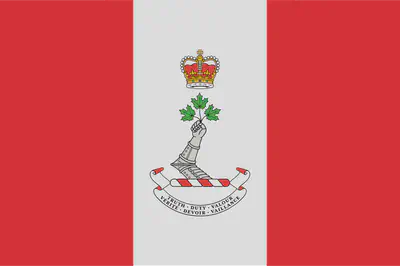MEE311 and MEE315 - Fluid Dynamics - Royal Military College of Canada F23

Table of Contents
Course description
This course provides the basic concepts of fluid mechanics. It includes a study of the basic fluid properties, hydrostatics and the fundamental equations of fluid motion. The control volume concept is introduced and applied to the continuity, momentum, and energy equations. Appropriate simplifications result in the Bernoulli equation that is used for practical applications. Students are initiated to dimensional analysis and similitude. An introduction to the concepts of boundary layer for laminar and turbulent flows is given. Viscous flow understanding is then applied to the empirical calculation of incompressible flow in pipes. Finally, the students are exposed to the analysis of open channel flows, as well as an introduction to pumps. The lectures are supplemented by problem assignments and experiments conducted in the laboratory, including measurement of pressure and hydrostatic pressures on submerged surfaces, velocity and flow rates, and weirs.
Instructor
Dr. Ambrogi FrancescoCourse structure
The course is structured in the following way:
- Assignments (5) 5%
- Midterm exam 30%
- Laboratories 15%
- Final exam 50%
Course materials
Download the Course Syllabus HERE
Required textbook: Fluid Mechanics, Seventh Edition, F. White (McGraw Hill)
Suggested time commitment
Generally, we expect that students attend all lectures (3hrs/week), review material at home (1 hr/week), complete the weekly assignment problems (1-2 hrs/week - if an assignment takes much more than 1 hr you should be doing additional problems and coming to tutorials and office hours for additional help understanding, about another 2 hours a week). If you keep up your understanding week to week, then a few hours review should be enough to do well on the final exam. An average student will be able to do well in this course by spending about 6 hours a week, over the twelve-week term.
Students feedback
Student A
Greatly enjoyed the general mood of the class, as it wasn’t too serious and monotone but also not too loose where it was difficult to learn. Some other classes moods feel very monotone where I would not be excited to attend class but it was not the case for this class where I would actually look forward to attending class. Instructor was also very open to helping students and I was never discouraged against asking for help.
Student B
Coming in to this course I was dreading it, I thought it was going to be extremely difficult and I would hate having a course where the sum of all forces does not equal zero but with him fluids was cool and fun an I genuinely looked forward to coming to class and learning new things.
Student C
The way the course notes are built in front of us and then posted to Moodle is very useful because It keeps us engaged during class, but if you miss class it is easy to catch up on material. The ratio of tutorial to lecture was good. We went over a lot of examples in class which was helpful. Most times, the instructor put emphasis on what was important by starting lectures with a review of the concepts seen in the previous lecture. Finally, the professor created an environment where students were comfortable in asking questions and he always find a way to explain concepts in a different manner to make sure everyone understood.